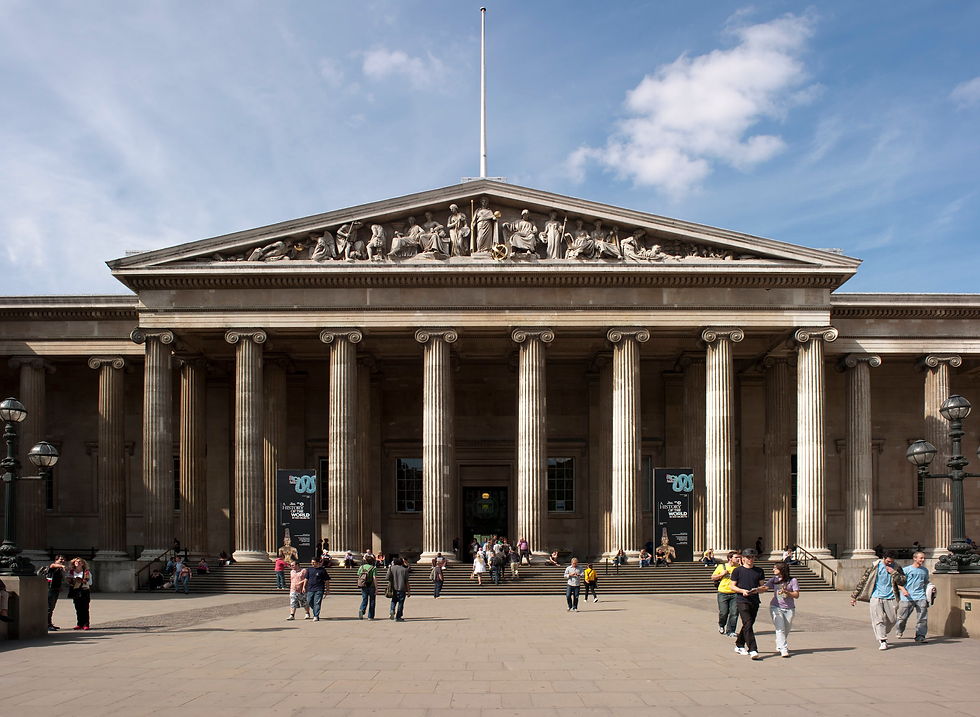The Timeless Elegance of Georgian Architecture
- robie63
- Mar 29, 2024
- 2 min read
Georgian architecture, named after the reigns of the first four British monarchs of the House of Hanover—George I, George II, George III, and George IV—spans from 1714 to 1830. This period was marked by a revival of classical architectural styles, inspired by the symmetry, proportion, and elegance of ancient Greek and Roman architecture. Georgian architecture is renowned for its grandeur, balance, and attention to detail, making it one of the most enduring and influential architectural styles in history.
Characteristics of Georgian Architecture:
1. Symmetry and Proportion: Georgian buildings are known for their symmetrical facades, with an equal number of windows and doors on either side of a central entrance. This symmetry reflects a sense of order and balance, which was highly valued during the Georgian era.
2. Classical Elements: Georgian architecture incorporates classical elements such as columns, pediments, and pilasters. These elements are often used to add decorative detail to facades, doorways, and windows, creating a sense of grandeur and sophistication.
3. Sash Windows: One of the most distinctive features of Georgian architecture is the use of sash windows. These windows consist of two panels that slide vertically past each other, allowing for easy opening and closing. Sash windows are typically divided into multiple panes, adding to the overall symmetry of the building.
4. Cornices and Mouldings: Georgian buildings often feature elaborate cornices and mouldings, which are used to create visual interest and highlight the architectural features of the building. These decorative elements are usually made from stone or stucco and can be found on both the interior and exterior of the building.
5. Hipped Roofs: Georgian houses typically have hipped roofs, which slope down on all four sides. This style of roof is both practical and aesthetically pleasing, providing good drainage and adding to the overall symmetry of the building.
6. Brickwork: Georgian buildings are often constructed from red brick, which was a popular building material during the Georgian era. The use of brickwork adds warmth and character to the buildings and is often complemented by stone or stucco detailing.
Famous Examples of Georgian Architecture:
1. Royal Crescent, Bath: Designed by John Wood the Younger and built between 1767 and 1774, the Royal Crescent is a prime example of Georgian architecture. The crescent-shaped row of 30 terraced houses is renowned for its elegant design and sweeping views over the city of Bath.
2. The White House, Washington D.C.: While not a traditional Georgian building, the White House is inspired by Georgian architecture and features many of its characteristic elements, including a symmetrical facade, hipped roof, and classical columns.
3. The British Museum, London: Designed by Sir Robert Smirke and completed in 1852, the British Museum is a neoclassical building influenced by Georgian architecture. It features a grand entrance portico supported by classical columns and a symmetrical facade.











Comments